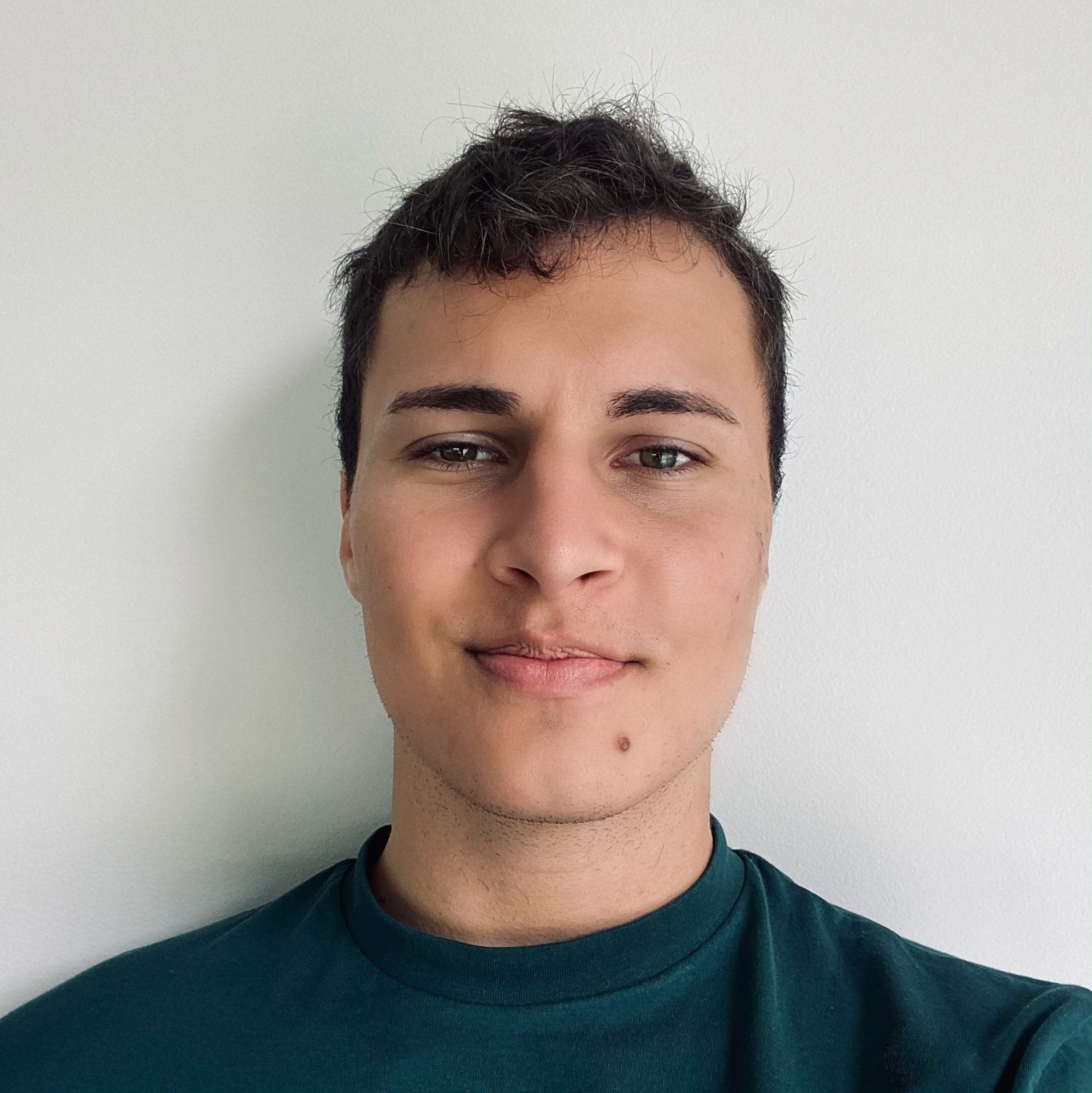Since its discovery in 1981, more than 700,000 people have died of AIDS, the disease resulting from HIV infection. Thanks to better treatment options and revolutionary breakthroughs to prevent HIV infection, transmission rates have fallen drastically. With the announcement of a vaccine in the works, the virus could become a thing of the past. However, if current racial gaps in treatment are maintained, it is unlikely that HIV will fade anytime soon. Any rollout must prioritize Black Americans — and especially the queer Black community. Currently, the lack of affordable care, stigma around issues of sexuality, and trauma from past medical mistreatment mean that communities of color now have much higher transmission rates than white ones.
In 2019, the CDC reported that Black and Latino Americans, respectively, accounted for 42% and 29% of new HIV infections. Black men who have sex with men, specifically, were the most exposed: they accounted for 26% of all new infections. In comparison, white Americans of all genders and sexualities made up 25% of all new infections.
This staggering racial gap finds its roots in the stigmatization of Haitian immigrants after the CDC classified them in 1983 as being at high risk of contracting HIV. This stigma further exacerbates the Black community’s suspicion of medical treatment, and rightly so: In the 1940s, the U.S. Public Health Service denied syphilis treatment to 600 Black men in order to analyze the effects of the disease — what is now infamously referred to as the Tuskegee Experiment. Today, Black Americans in the nation’s hospitals still face discrimination and abuse daily. This past trauma disincentivizes people who may be exposed to the virus from getting the care they need. That is even truer when HIV stigma comes into play.
Many Black Americans, specifically LGBTQ Black Americans, find themselves at an uncomfortable place within HIV discourse. For many, the stigma around HIV and its association with the LGBTQ community means lower testing levels and an unwillingness to start preventative treatment, as well as an unlikeliness to disclose their HIV status. This directly undermines efforts to break past the current racial barriers in prevention.
These psychological and social roadblocks are also paired with more concrete problems. COVID-19 has highlighted how Black Americans’ vaccination rates lag behind the national average due to the lack of vaccination sites in Black communities, an over-reliance on online appointment scheduling, and a lack of transportation options to vaccination sites. Health care for Black American families is a heavy burden to bear. On average, premiums eat away 20% of their average household income. This is particularly striking when considering the increasing cost of housing and the lower income levels these families face.
If we want the HIV vaccine to be successful, it is imperative that the rollout prioritizes Black communities first, especially Black men who have sex with men. The vaccine may be in its trial phase, but the work starts now. Community leaders and the government should ensure that issues surrounding HIV and its prevention methods are discussed widely and openly. This can be done through town halls, workshops, webinars, and discussions with experts. When entering those spaces, public health agencies need to address and acknowledge the past medical trauma that they inflicted upon those populations. They must empower Black experts in their conversations to rebuild trust.
In addition, the government should stand ready to make vaccinations as easy to access as possible and free. That is owed to the 700,000 people who have perished from the virus and those who live with it today. The COVID-19 vaccines have demonstrated that it will take more than gratuity for people to get vaccinated. It is thus critical that the vaccine meets people where they are — in their communities. Nurses and doctors could be dispatched to community centers. Mobile clinics could hit the road. Diversified transportation routes to vaccination sites could be created. The solutions are there; they simply need to be implemented.
The vaccine won’t be the only solution to ending HIV. Today, we have the tools to reduce HIV spread by 99%, thanks to a daily pre-exposure prophylaxis pill called PrEP and the newly approved injectable PrEP administered every two months. Treatment for people living with HIV prevents them from infecting others and allows them to live long and full lives. But for many Americans, that is not a reality, and this must change. If HIV policies continue to ignore the current racial gaps in treatment and prevention, their outcomes will be nothing short of failure. The same will be true of the vaccine unless we commit to giving it first to those who need it the most.
Featured Image by Gaspard Delaoustre.



0 Comments